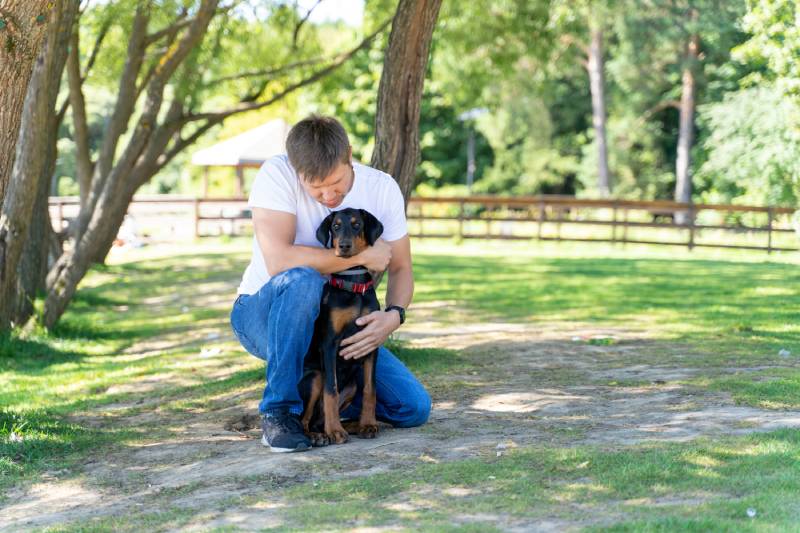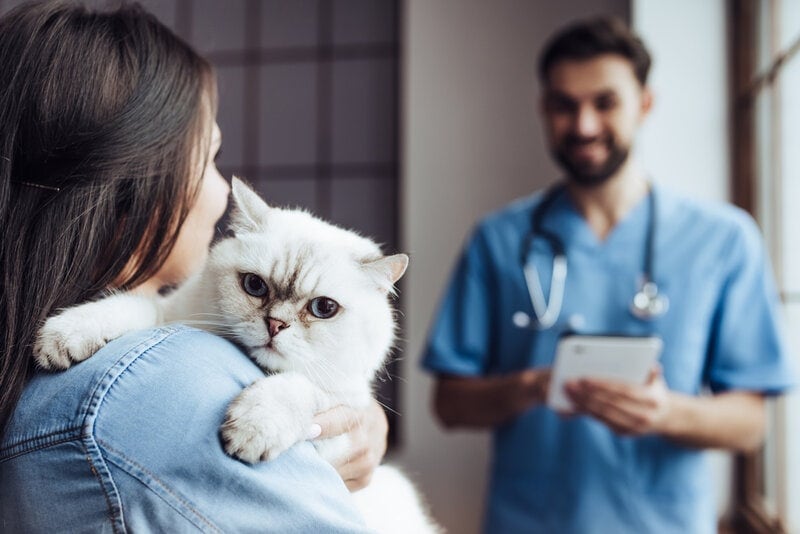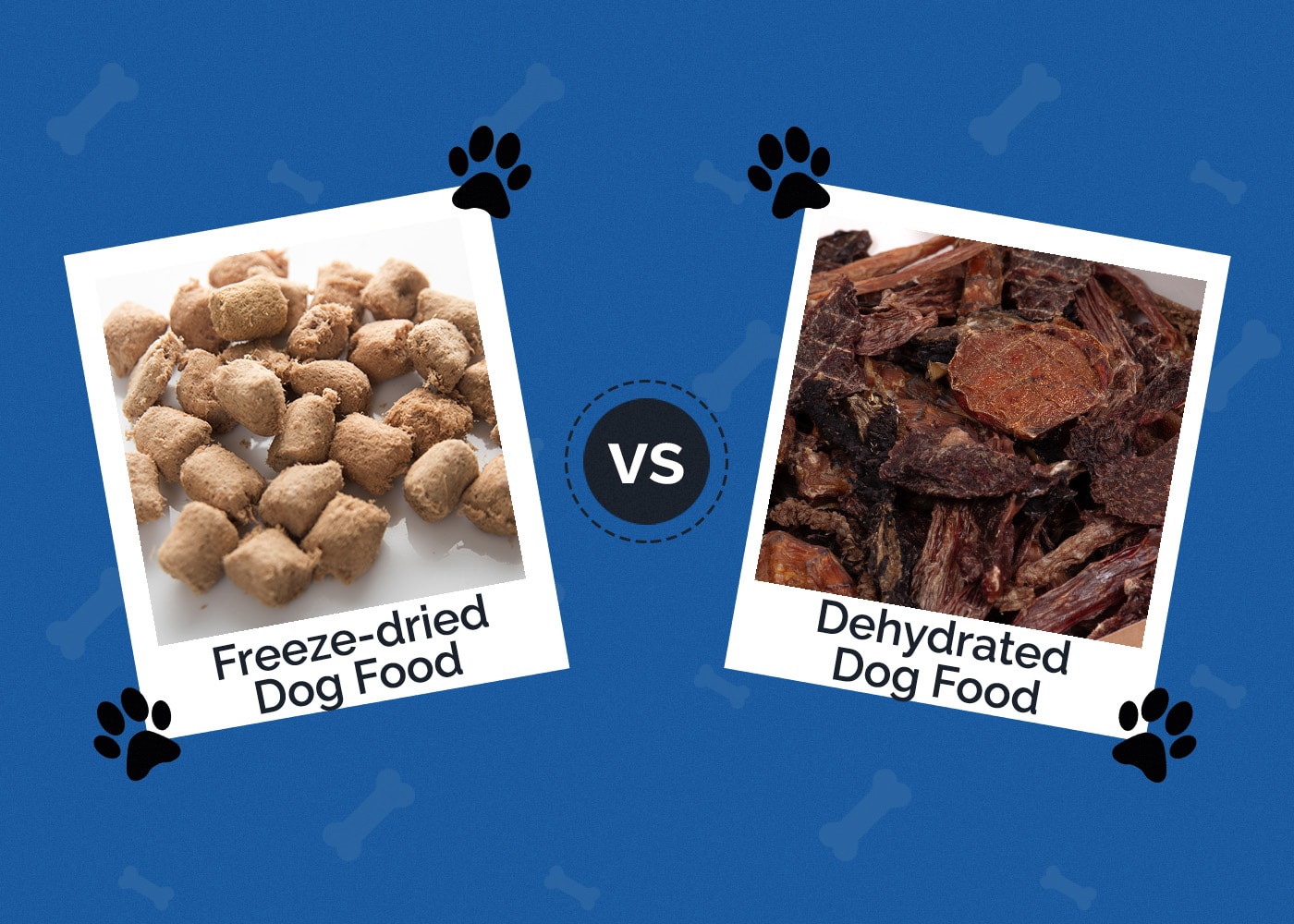How Much Do Vizslas Shed? Coat Care & FAQs
Updated on
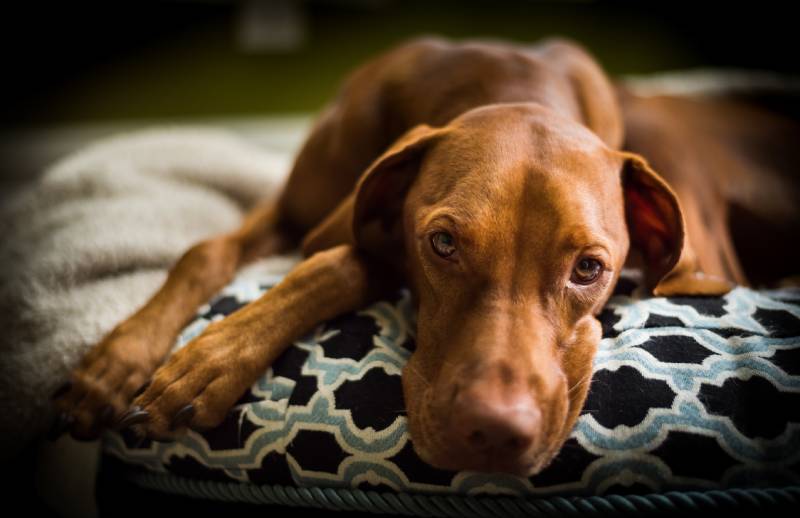
Shedding is one of the biggest downsides of having a dog, which drives many people to look for low-shedding dog breeds. Some people may think that a dog breed having a short coat means that the breed doesn’t shed very much, but this isn’t always the case. If you’ve been considering a Vizsla in the hopes that you might be investing in a low-shedding breed, you’re going to find that they don’t shed the most, but they shed the least, either. Here’s what you need to know.
Do Vizslas Shed a Lot?
Vizslas fall somewhere in the middle of the spectrum of dog breeds when it comes to shedding levels. They aren’t shed-free dogs, but they also aren’t going to create dog hair tumbleweeds around your house like a Siberian Husky or German Shepherd.
Their short, sleek coat may not shed a lot, but when it does shed, you can expect to find tiny hairs sticking to the surfaces in your home and increasing your need to sweep. Luckily, you can expect shedding to only occur in notable amounts once or twice a year, so it won’t create too much of an inconvenience for you.
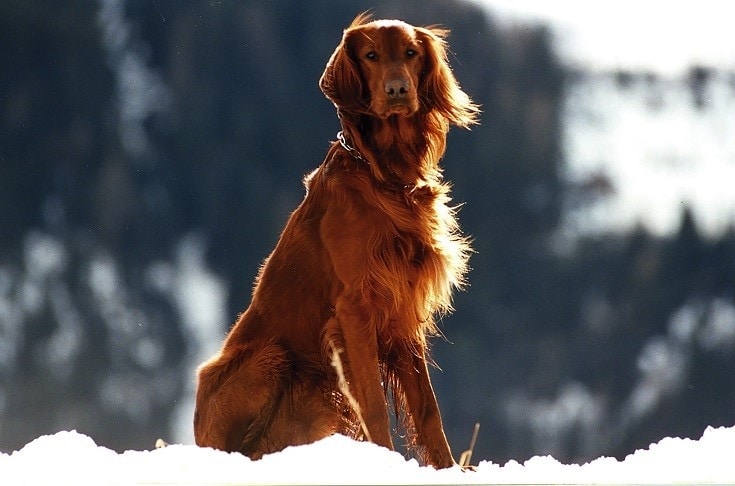
Coat Care for a Vizsla
Although they are moderate shedders, Vizslas have relatively low grooming needs. Their short, single-layer coat is easy to care for. Brushing is only necessary once weekly or so, and because of the coat length, you don’t have to worry about any tangles or matting occurring if you miss a brushing session.
Brushing with a boar bristle brush will help to distribute oils on your Vizslas skin and coat, helping to maintain the health of both and reduce any itching or flakiness. Baths are also a good way to maintain the health of your Vizsla’s coat. However, bathing too frequently can strip the skin and coat of the natural oils, leading to dry, flaky, and itchy skin. It’s best to limit baths to around once per month, giving extra baths in between if needed.
Make sure to stick to shampoo and conditioner that has been formulated specifically for use on dogs. Using dish soap or products formulated for people may lead to additional dryness and irritation of the skin.
Skin Allergies
Vizslas are typically healthy dogs, but this breed can be prone to developing skin and seasonal allergies. In many dogs, allergies are expressed through skin symptoms, including an increased level of shedding.
If your Vizsla seems to be shedding more than normal, then it may be time to talk to your vet about this. Usually, excessive shedding will be combined with other symptoms, like itchiness, skin irritation, or skin infections.

In Conclusion
If you’re ready to deal with a moderate shedder with high energy levels, then the Vizsla might be the dog for you. This charismatic, loving breed has a short coat that is relatively easy to care for, but you can expect some shedding to occur in your home. Shedding is usually confined to once or twice per year, and any excessive shedding should be discussed with a vet so they can rule out skin infections and allergies.
Featured Image Credit: Edgar Feliz, Shutterstock


